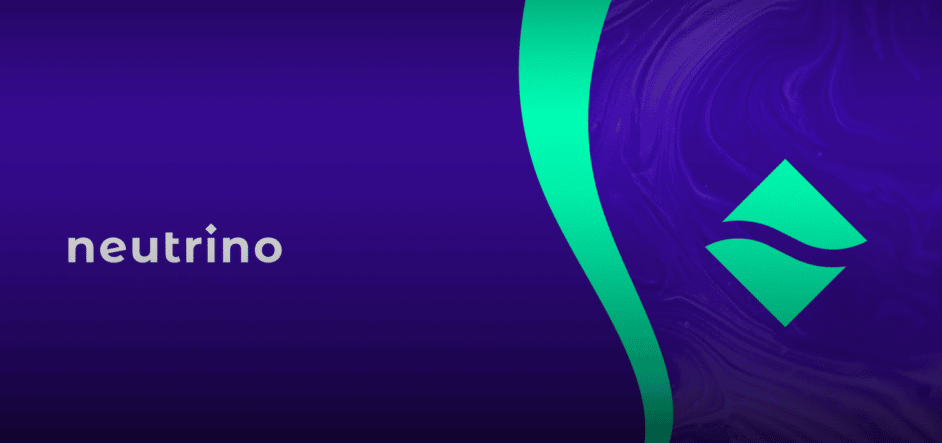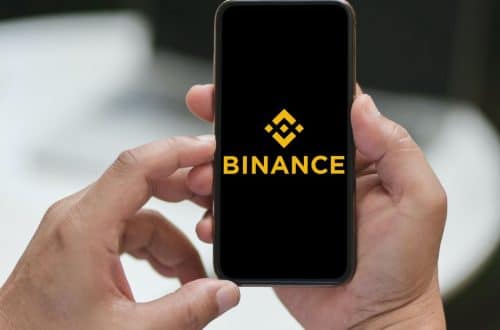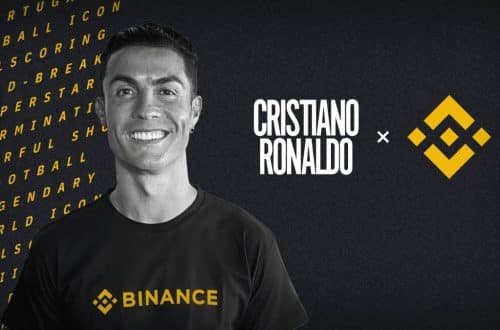
Waves Founder Says Algorithmic Stablecoin Neutrino (USDN) Needs Tweaking
With the constant de-pegging of Algo Stablecoin USDN, Waves founder Sasha Ivanov implies that the algorithm needs more work in a recent interview with CoinDesk.
Waves protocol is enabled by an algorithm stablecoin coin Neutrino USD (USDN), which has been de-pegged multiple times in the recent weeks, causing panic in its ecosystem among investors. This is in addition to the peg loss of Terra USD (UST) and LUNA token last month.
Sasha Ivanov, however, in his recent interview with CoinDesk spoke about the complications of the protocol and their need to fix it, saying,
We have to work on the algorithm as this is just the beginning, and we’d resolve it soon. What happens now is kind of inevitable, which is just a test of the whole system.
Sasha Ivanov
While referring to the earlier events of the past week, he said that the Waves ecosystem is different because Neutrino’s protocol has “similar mechanics” to Terra but has restrictions on how many redemptions users can get in one day.
As part of the process of revitalization of the protocol, Waves has released a master DeFi Revival Plan to restore user confidence and protocol functionality, asserting that “We have developers that are trying to make the stablecoin very stable, It’s a very natural process, and we will be better off once we have come out with some better algorithms.”
What Exactly Are Algorithmic Stablecoins?
Algo Stablecoins, also known as seigniorage stablecoins, are either undercollateralized or not backed by anything in real life, unlike USD Tether (USDT) or Binance USD (BUSD). Their fundamental way to maintain a $1 peg is through arbitrage opportunities.
It’s an experiment in human behavior and game theory.
A mechanism of its functionality can be seen in UST: If 1 UST goes below $1, you can swap it for $1 worth of Luna and immediately make a profit that is when UST drops to $0.95, people buy and swap for $1 of Luna, and immediately make a $.05 profit. LUNA/UST collapsed last month, which indicates that it failed the stress test. Whether it was a coordinated attack or a bank run is not certain yet, but people lost faith in the ecosystem, and it plunged.
USDN, on the other hand, is a dollar-based stablecoin backed by the protocol’s waves tokens, which are locked in smart contracts to mint USDN. The mechanism of its function is quite similar to Terra, and the risk is that there may not be enough collateral to back USDN redemptions during a crisis, which is precisely what happened to Terra’s UST stablecoin and luna token.
In April, USDN lost its peg and fell to 83 cents, while the WAVES token that backs the stablecoin fell to $22 from $50 within days amid a price manipulation scare. That de-pegging wiped out nearly $200 million in USDN’s market capitalization. The same event reoccurred in May during the UST collapse, and the effect brought USDN to 88 cents this time.
Moreover, Both Terra and Neutrino projects were inspired by the Basis protocol, an algorithmic stablecoin that was ultimately shut down because of its potential use as security.
Sasha Ivanov said USDN doesn’t have sufficient backing, and compared it to fractional reserve banking in traditional markets, saying that
Banks have been working with fractional reserve setup for centuries, and they’re doing fine.
Sasha Ivanov
USDN was recently trading at a 1% discount to the U.S. dollar.
On-Chain Analysis Shows Some Irregularities
From network analysis of on-chain transactions, it was found that Ivanov borrowed $500m+ on VIRES. However, To pay back his debt, he needs to find $500M of exit liquidity for his USDN, which currently has only ~$20M of exit liquidity. VIRES is a decentralized non-custodial liquidity protocol based on Waves blockchain, where users, wallets, and DApps can participate in transactions to pump $WAVES price.







